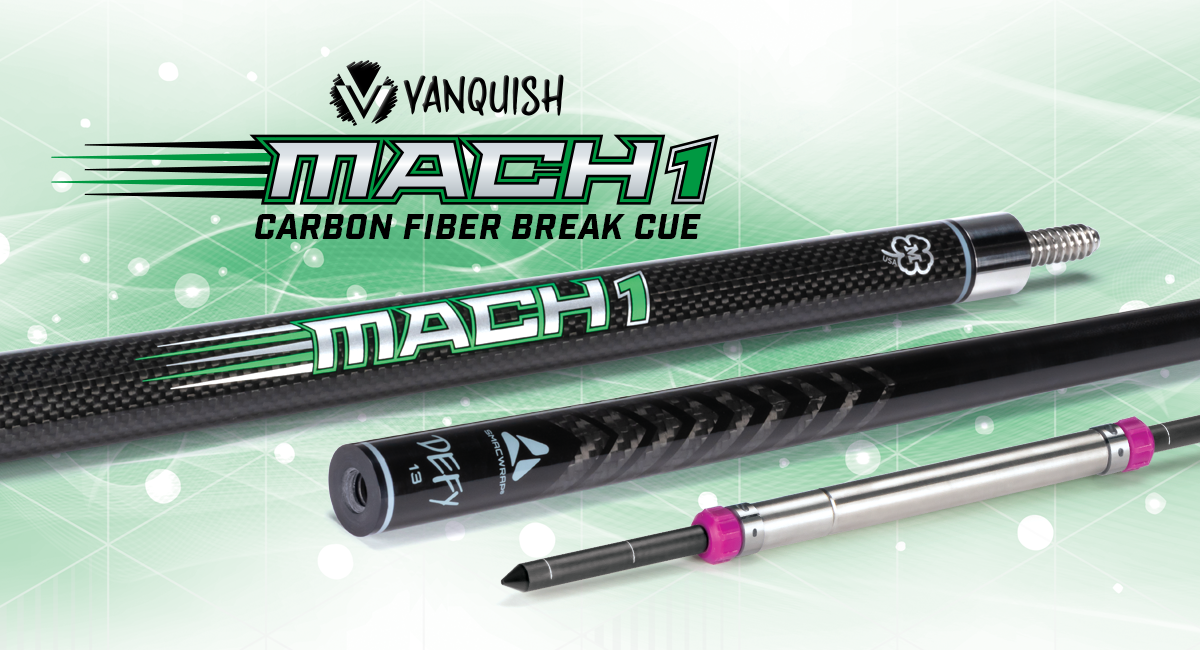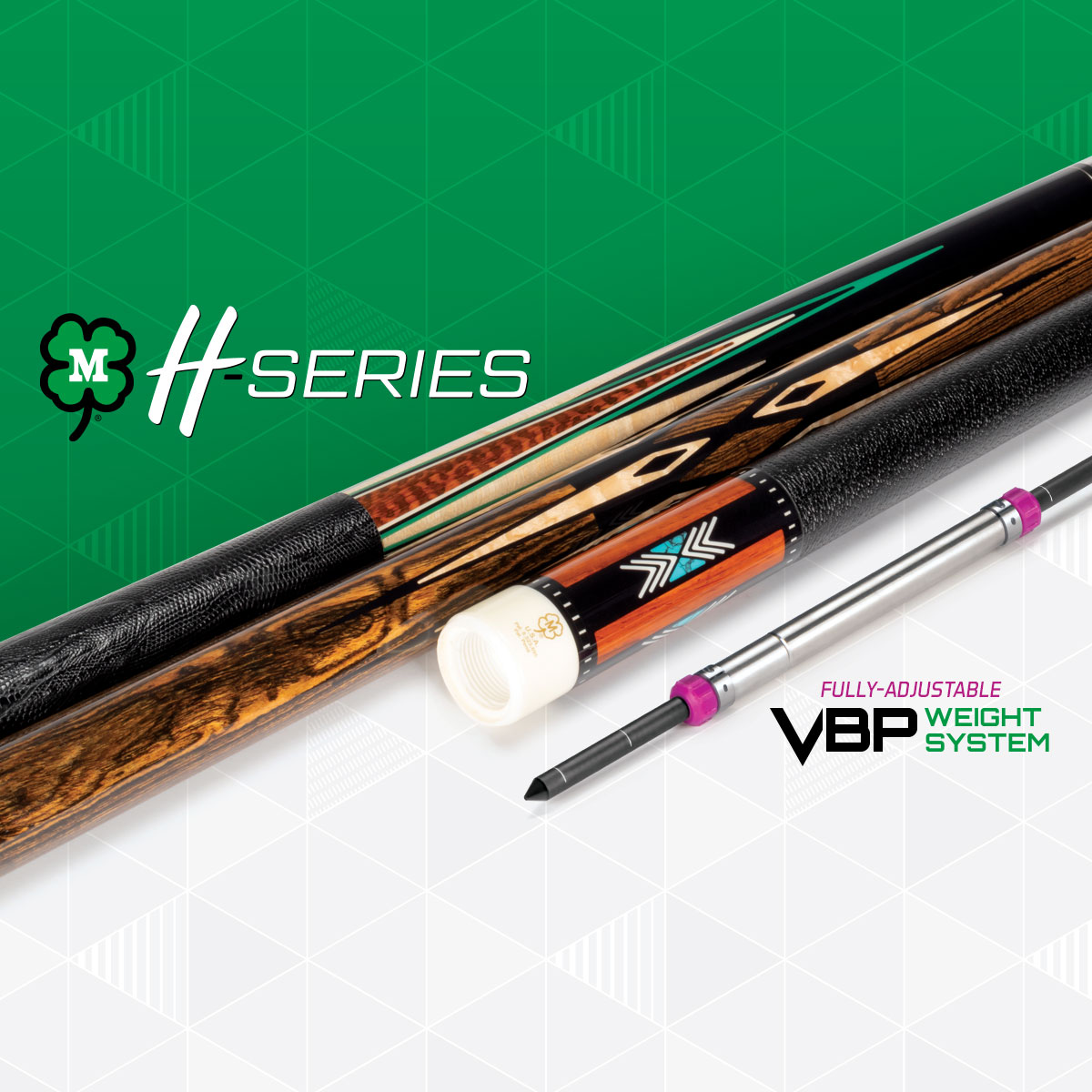Well, I really appreciate everyone’s honest replies regarding my desire to reduce the weight evenly by 1 to 1.5 oz on my new Shane Gibson 59.5” 20 3/8 oz Cue, and after practicing with and playing in a couple league nights, just having a “straight Cue” puts a smile on my face, so for now, I’ll just learn to live with it! That said, I do notice that the shafts (1- 4 oz. 12.7mm 29.75” Maple, 1- 3.9 oz. 12.8mm 29.75” Keilwood, both with 1/2“ Tiger Sabre ferrules) each have a taper which expands just after the Natural Pivot Point, which are 12” and 12.5” respectively from the Tip. As such, if I use a closed bridge for a longer medium-strong shot, my bridge happens to fall right at that spot and I have to release my index finger, which is just awkward! Even worse if I happen to bridge, god forbid, at 13” where my closed bridge caused me to blatantly miss a shot!
So my question now is, in an effort at further modifying what I have to enable my being able to use a closed bridge, I know I could perhaps have that taper extended from 12” to 14-15” from the Tip, but my concern is by doing so, that this would cause for the NPP to unfortunately move further back? As many others who go for LD, it’s often overlooked just how drastically far back that NPP moves (15” to as far as 20” for a Revo!). This requires one to completely change from using more Backhand English to primarily using Front Hand English/Negative Backhand English, something I would rather not have to conform to! So if I were to taper an additional 2-4 inches, I would prefer to attempt counteracting any rearward movement of NPP! I‘m thinking by using a longer, perhaps slightly heavier, ferrule (1” Ivory?) that it may have a desired effect of counteracting this “rearward movement of NPP”. Any thoughts?

